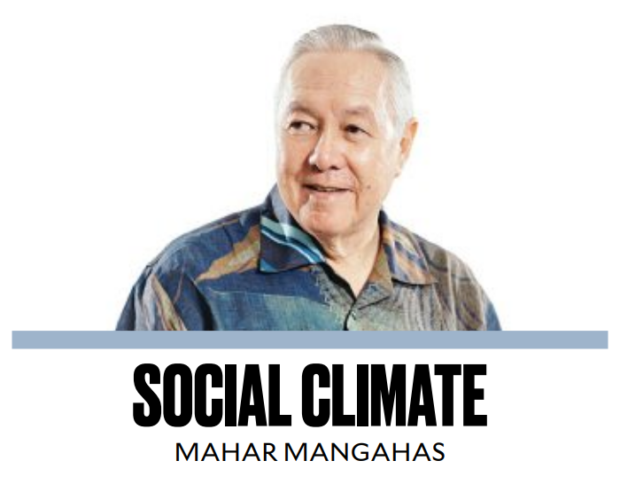I am a big fan of traditional survey research methodology. In this approach, a field interviewer (FI) personally meets with a respondent (R) for a friendly and private face-to-face discussion. The respondent’s only reward is the sense of helping with valuable research. The FI follows a scripted questionnaire to ask R a series of questions. However, R has the option to skip any question or even terminate the interview if they wish. The questionnaire is designed to avoid uncomfortable or self-incriminating questions. Questions may provide answer choices or request unrestricted responses in R’s own words, with no right or wrong answers. The researcher is only interested in R’s most truthful response.
To conduct a survey, it is necessary to interview multiple respondents and not just one. A large enough random sample of respondents is selected to represent the group being studied. It is not necessary to include every member of the group, as that would be a full census rather than a survey. Random sampling is done systematically and carefully, similar to shuffling cards in a card game. Without probability-based sampling, statistical analysis cannot be applied, regardless of the number of cases in the study.
Remote interviewing methods like telephone or online surveys have been developed as alternatives to save on transportation costs and time. However, they carry the risk of respondents ending the interview abruptly, as it is easier to disconnect without face-to-face interaction. Remote interviews are also limited in their ability to go into detail or take extended time compared to traditional face-to-face interviews. While landline phone directories used to be available for sampling, the shift to mobile phones has made it challenging to access a database of mobile numbers from telecommunication companies.
To address this challenge, Social Weather Stations (SWS) started collecting mobile numbers from willing respondents during face-to-face surveys. By 2020, they had accumulated over 31,000 mobile numbers from different regions in the Philippines. These numbers were used to conduct mobile phone surveys during periods when face-to-face work was restricted due to the COVID-19 lockdown. Once transportation restrictions were lifted, SWS resumed face-to-face interviews.
The quality of a survey lies in its replicability. The accuracy of a survey is validated when its findings align with other independently conducted surveys. For example, SWS surveys on joblessness, gain versus loss, and optimism versus pessimism closely correspond to rates of un- plus under-employment from the Labor Force Survey and trends from the Bangko Sentral ng Pilipinas’ consumer expectations surveys. Multiple surveys measuring the same phenomenon are not redundant but rather reinforce each other when scientifically conducted.
Artificial intelligence (AI) presents exciting possibilities for survey research. Suppose there was a bot named QBOT that had knowledge of all survey questions ever used. QBOT could design questionnaires for new issues and translate them into different languages as required. Additionally, a statistics company could create another bot called SAMPLEBOT that has access to contact details of individuals relevant to the new issues. SAMPLEBOT could then generate random samples of respondents to be interviewed using QBOT’s questionnaires. A fieldwork company could develop a fleet of interviewer bots called INTERBOTs proficient in relevant languages to simultaneously contact the sampled respondents and conduct interviews using QBOT’s questionnaires. As for me, I might create my own avatar named MEBOT to handle queries from the INTERBOTs by holding public records about me without revealing any personal secrets.
For any inquiries, please reach out to me at [email protected].


